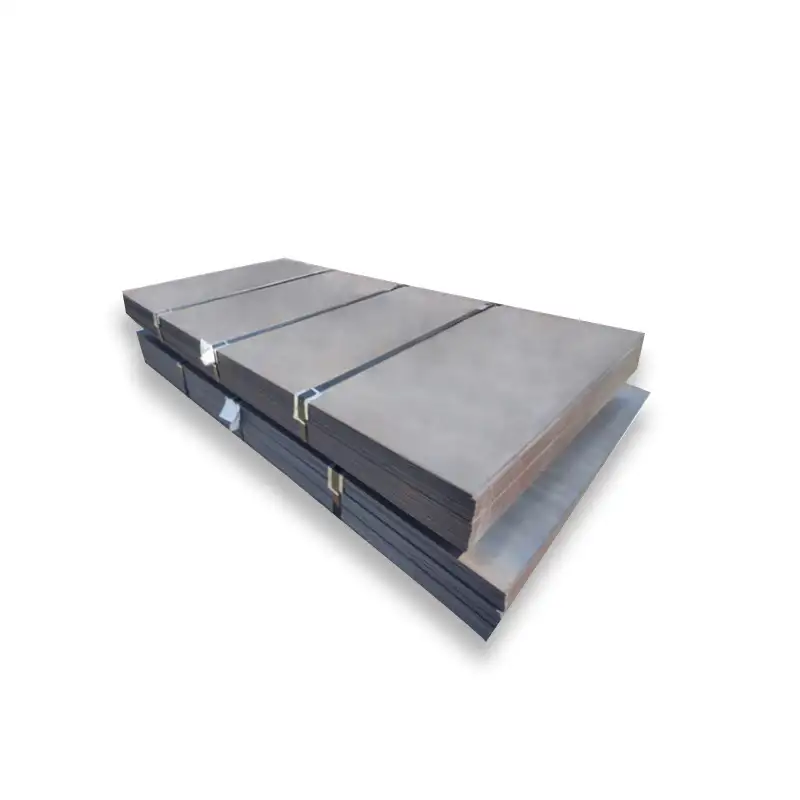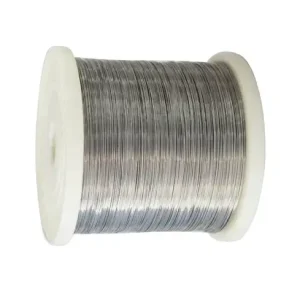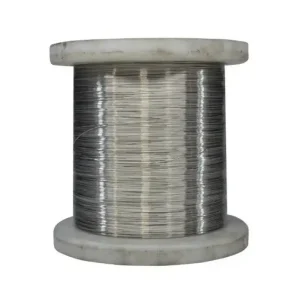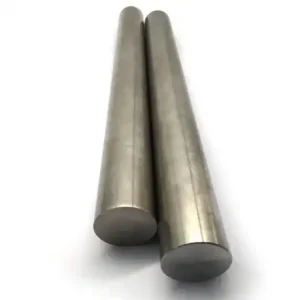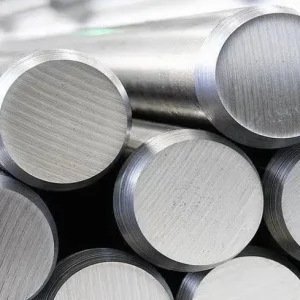ASTM A202 Grade A and Grade B are chromium-manganese-silicon alloy steel plates historically specified for welded boilers and pressure vessels; Grade A targets moderate strength and good ductility while Grade B provides higher tensile strength and increased yield for heavier duty vessels. For design and fabrication today these materials are commonly supplied under ASME SA-202/SA-202M naming for code work, and MWAlloys supplies ASME/ASTM-grade pressure-vessel plates from China with factory pricing, wide stock levels, and short lead times suitable for global procurement.
What is ASTM A202 Grade A / Grade B Pressure Vessel Steel?
ASTM A202/A202M was a standard specification that defined chromium-manganese-silicon alloy steel plates intended particularly for welded boilers and other pressure vessels. Plates were made available in two grades: Grade A (lower tensile range, higher ductility for riveted or moderate loading) and Grade B (higher tensile and yield for more demanding pressure service). In many fabrication and design contexts the same or equivalent material is supplied under the ASME SA-202 / SA-202M designation for BPV (Boiler & Pressure Vessel) code applications. The specification covers chemistry limits, mechanical property minima, and available supplementary tests and heat-treatment options.
Note: some modern references indicate the ASTM A202 edition is no longer actively revised and that ASME SA-202/SA-202M is the code-grade reference used for pressure vessel work. For code-critical procurement always reference the ASME designation or the edition required by the owner/inspector.
Chemical composition
Table: typical maximum/minimum composition ranges used by suppliers for A202 Grade A / Grade B (values given are typical supplier limits; purchaser specifications and the controlling code edition must be followed).
| Element | A202 Grade A (typical) % | A202 Grade B (typical) % |
|---|---|---|
| Carbon, C (max) | 0.17% | 0.25% |
| Manganese, Mn | 0.97 – 1.52% | 0.97 – 1.52% |
| Silicon, Si | 0.54 – 0.90% | 0.54 – 0.96% |
| Phosphorus, P (max) | 0.035% | 0.035% |
| Sulfur, S (max) | 0.035% | 0.035% |
| Chromium, Cr (trace/typical) | — (small amounts expected from processing) | — (small amounts expected) |
(Source: manufacturer and supplier material pages summarizing the ASTM/ASME specification chemistry ranges.)
Practical note: the published limits above are manufacturer/supplier summaries; always require mill test certificates (MTCs) and the exact clause citations of the controlling standard (ASME/ASTM) when purchasing for pressured equipment.
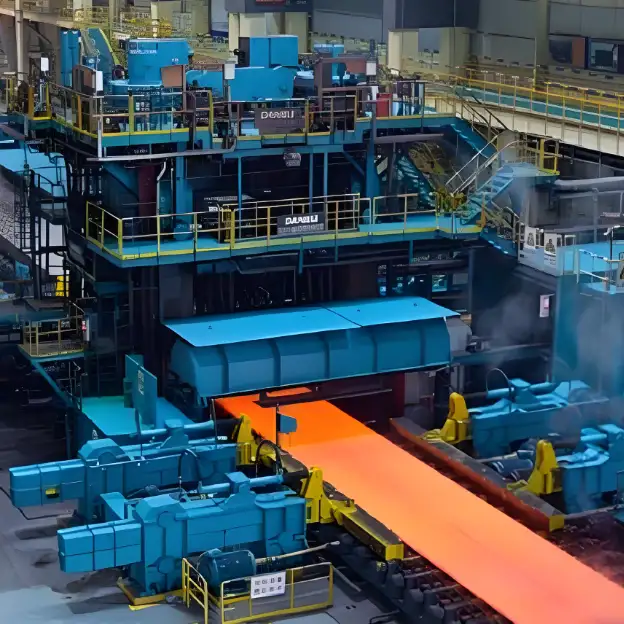
Material properties — mechanical performance
| Property | Grade A (typical minima) | Grade B (typical minima) |
|---|---|---|
| Yield strength (min) | ~310 MPa (45 ksi) depending on thickness | ~325 MPa (47 ksi) typical |
| Tensile strength (range) | 515 – 655 MPa (75 – 95 ksi) | 585 – 760 MPa (85 – 110 ksi) |
| Elongation (in 50 mm / 2 in) | 16–19% (thickness dependent) | 15–18% (thickness dependent) |
| Hardness (typical Brinell) | ~≤180 HB (varies) | ~≤210 HB (varies) |
| Density | 7.85 g/cm³ (typical for carbon/alloy steels) |
These mechanical ranges are those commonly quoted by suppliers and mirror the tensile zones given in the specification. Grade B offers a higher tensile envelope for heavier pressure applications.
ASTM A202 / ASME SA-202 plate specification
Key procurement items to specify on purchase orders:
-
Standard/Edition: ASME SA-202 / SA-202M (specify edition/year) or ASTM A202/A202M (if specifically required). For code work, use ASME designation and the exact code year accepted by the certifier.
-
Grade: Grade A or Grade B. State tensile/yield and impact requirements, if any.
-
Thickness limits: many suppliers limit plate to ≤50 mm (2 in) for some guaranteed properties; check the controlling clause — some vendors list ranges up to 200–300 mm for non-standard heavy plates.
-
Delivery condition: as-rolled, normalized, or stress-relieved (specify if required).
-
Testing & documentation: chemical analysis, tensile test, elongation, bend test (if required), impact test temperature(s) (if required), UT/RT or other NDT, hardness, and full Mill Test Certificate (EN 10204 / 3.1/3.2 as required).
-
Supplementary requirements: HIC (hydrogen-induced cracking) resistance, PWHT, NACE/AMPP compliance for sour service (if needed).
What is ASTM A202 Grade A / B steel equivalent to?
-
The ASME counterpart is SA-202 / SA-202M — for boiler and pressure vessel code work the ASME designation is the accepted form (ASME lists SA-202 under Section II materials).
-
International equivalents are approximate and must be verified case-by-case; supplier comparison tables often list similar European/Japanese/Indian grades used for boiler plate (for example, EN/BS/ISO equivalents in the general carbon + Mn family). Use metallurgical matching (chemistry and mechanical properties) rather than name alone.
Typical uses — where A202 plates are still practical
-
Welded boilers and steam generators (historical and some existing designs).
-
Pressure vessels, separators, heat exchangers and storage tanks where the combination of weldability and moderate alloying fits design needs.
-
Process plant equipment in oil & gas, chemical plants for non-specialized, non-cryogenic service (when specific corrosion allowances and NDE are applied).
Design note: For low-temperature (cryogenic) or highly sour H₂S environments, other modern steels with proven fracture toughness (or NACE/AMPP approval) should be considered.
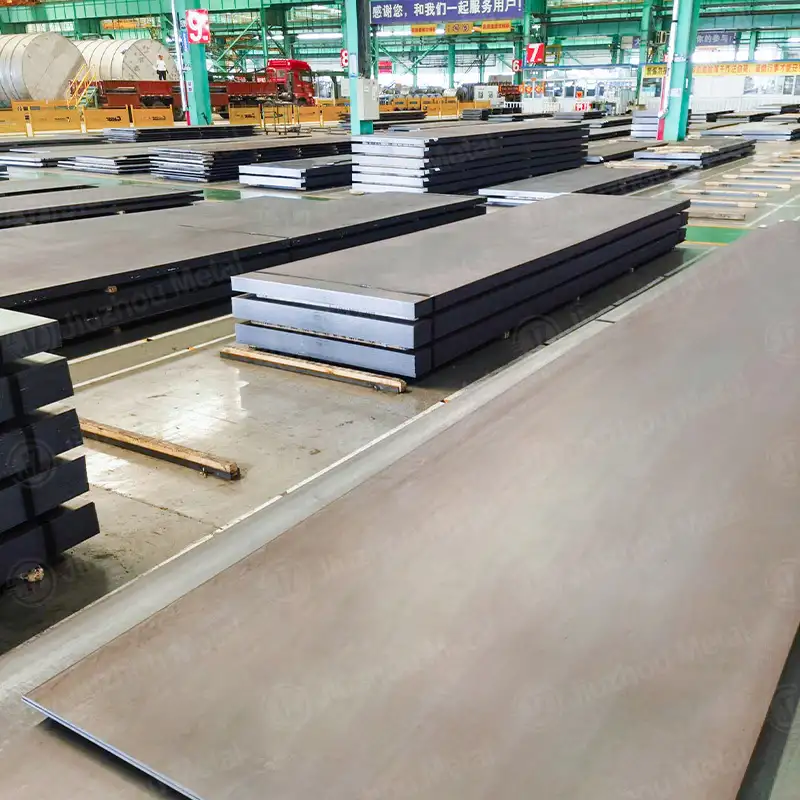
Sizes, dimensions and weight
Typical supplier stock ranges (examples from mills and distributors):
-
Thickness: commonly 6 mm up to 50 mm for standard plates, some suppliers list up to 100–300 mm for special manufacturing.
-
Width: 1,000 mm to 4,050 mm (common mill widths).
-
Length: common lengths from 2,000 mm to 12,000 mm depending on plate weight handling.
Weight calculation formula (quick engineering rule):
Plate weight (kg) = Thickness (mm) × Width (mm) × Length (mm) × 0.00785
Example: single plate 10 mm × 1,500 mm × 6,000 mm:
10 × 1,500 × 6,000 × 0.00785 = 707.25 kg
(Use this formula to estimate logistics and shipping weights for order planning.)
2025 Price comparison (United States, Europe, China)
Important: steel pricing is highly volatile and depends on product form, coil vs plate, thickness, qty, and regional tariffs. The figures below are indicative ranges based on market indices and supplier listings during 2024–2025. Use these ranges for budgeting only; request firm mill quotations and freight terms for procurement.
| Region | Indicative price (USD / metric ton) — A202 / pressure-vessel plate (2025 guidance) | Sources |
|---|---|---|
| China (domestic mill / MOQ 1 t) | US$500 – US$1,000 / t (manufacturer listings show plate offers in a broad $500–1,000/t band for pressure/boiler plates). | Supplier marketplace listings. |
| United States (domestic plate market) | US$845 – US$1,110 / t (hot-rolled coil/plate market indexes in mid-2025; plate finished prices reported near US$900–1,110/t depending on mill and region). | Market reports & plate pricing trackers. |
| Europe (dealer / mill, € basis) | €500 – €900 / t (~US$550–$1,000/t depending on FX and product) — European plate indexes have shown mid-2025 ranges around €500–€700/t for comparable hot-rolled plate items; stainless and specialty add premiums. | European price index (MEPS) & market reporting. |
Caveats & procurement tips:
-
Tariffs, antidumping duties and shipping surcharges materially change landed costs (see trade policy notes). Example: U.S. tariff steps in 2025 affected landed prices. Always include customs, inland freight, and insurance when comparing landed costs.
-
Mill minimum order quantities, cutting/processing charges, inspection and testing add per-order costs. For global purchases, compare CIF (or DDP) offers, not ex-mill alone.
Purchasing, inspection and fabrication guidance
-
Code compliance: for pressure vessels intended for ASME code stamping, specify ASME SA-202/SA-202M and the exact code edition. Request the manufacturer’s ASME code certification if required.
-
NDT & testing: require UT or RT and provide acceptance criteria; include hardness and tensile certificates. For service that might cause hydrogen exposure, consider HIC testing / AMPP guidance.
-
Welding: A202/SA-202 plates are weldable with common filler metals; preheat and interpass procedures depend on thickness and carbon equivalent. Specify welding procedure qualification (WPS/PQR) if required.
-
Heat treatment: plates may be supplied as-rolled, normalized or stress-relieved — specify if fabrication requires PWHT.
-
Inspection codes: in service and repair inspections follow National Board (NBIC / NB-23) and API/ASME guidance as applicable.
-
Safety & regulatory: U.S. OSHA and jurisdictional regulations require adherence to ASME code and proper stamping/records for portable and unfired pressure vessels.
Frequently Asked Questions
-
Which grade should I choose, A or B?
Choose Grade A for applications prioritizing ductility or when lower tensile strength suffices; choose Grade B when higher tensile and yield are required by design. Final selection should align with the vessel design stress and code requirements. -
Is A202 the same as SA-202?
Practically yes for code work: ASME publishes SA-202/SA-202M for Boiler & Pressure Vessel Code use; always specify the ASME designation and code year for fabrication. -
Can A202 be welded easily?
Yes; A202 is designed for welded pressure equipment. Specify preheat/PWHT based on plate thickness and carbon equivalent and follow qualified WPS/PQR procedures. -
Are impact tests mandatory?
Impact requirements depend on the specification and service temperature; specify impact testing temperature(s) on the PO if toughness is critical. -
Can A202 be used in sour service (H₂S)?
Not recommended without a specific sour-service evaluation; follow AMPP/NACE guidance and consider steels with proven HIC resistance or apply appropriate controls. -
How do I verify material on delivery?
Require an EN 10204 3.1/3.2 MTC, full chemical and mechanical test reports, and NDE reports as required by the purchaser and certifying body. -
Typical lead time from mills?
Varies widely; typical mill lead times are 2–8 weeks for stocked items, longer for heavy plate or special heat treatments—confirm with supplier. -
How to calculate plate weight?
Use the formula: weight (kg) = thickness(mm) × width(mm) × length(mm) × 0.00785 (density factor). (See section 7 example.) -
What inspection codes apply after installation?
National Board NBIC (NB-23), API 510 for in-service inspection of pressure vessels, and local jurisdictional rules. -
Are A202 plates still commonly produced?
Many mills and traders still supply plates to the SA-202/A202 composition & property ranges; however, buyers must confirm the current edition accepted by their code authority and whether modern alternatives are preferable for specialized service.
MWAlloys — product & supply statement
MWAlloys supplies ASME/ASTM-grade pressure vessel plate (marketed as ASTM A202 / ASME SA-202 equivalents) from our Chinese production partners and stockholding mills. We provide 100% factory pricing, mill test certificates, and fast shipments from stock for standard thicknesses (typical lead times: short stock shipments 2–4 weeks; project quantities shipped per contract). Our ITP/MTC packages, inspection support (UT/RT/NDT), and optional HIC testing are available on request. Contact MWAlloys for competitive CIF/DDP quotes and available inventory snapshots.
Authoritative references
- ASTM A202/A202M — Standard Specification for Pressure Vessel Plates, Alloy Steel, Chromium-Manganese-Silicon (ASTM International)
- OSHA — Pressure Vessels (regulatory guidance and safety requirements)
- The National Board of Boiler & Pressure Vessel Inspectors (NBIC / NB-23 — inspection & repair code)
- AMPP (formerly NACE) — Standards & Recommended Practices for evaluation and corrosion control of pipeline and pressure vessel steels

